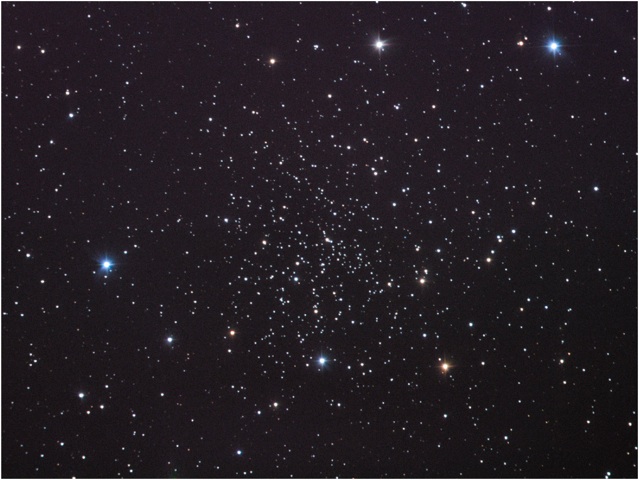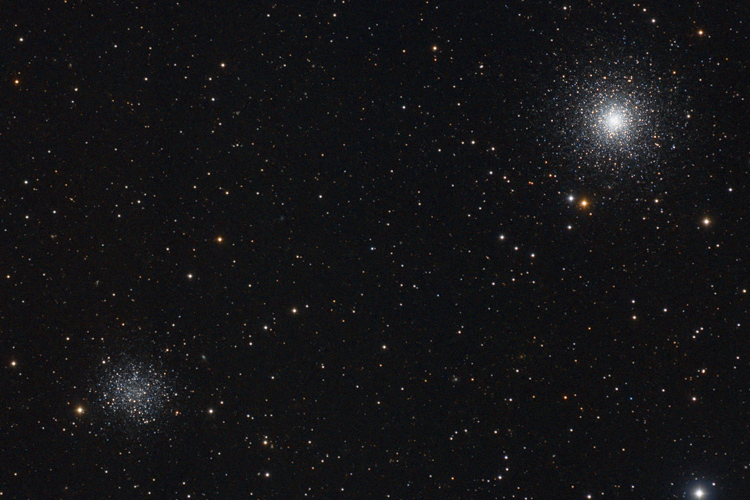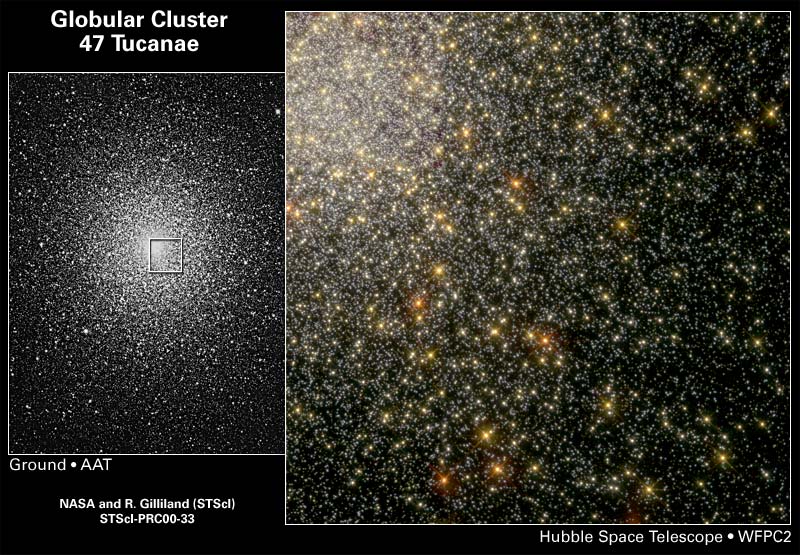I don't have the energy to google it now, but I once read an ArXiv Astrophysics paper about the formation and duration of globular clusters that made a big impression on me. The authors of the paper argued that globular clusters formed "normally", inside the disks of very gas-rich galaxies in the young universe. But precisely because these early galaxies were so gas-rich they were also full of giant molecular clouds, and the newly formed enormously large globular clusters would repeatedly collide with gas clouds, until the clusters were disrupted. In other words, huge clusters would easily form inside these gas-rich galaxies, but the clusters would soon be disrupted due to collisions with giant molecular clouds, and their constituent stars would be scattered all over their parent galaxy.Nitpicker wrote:My very simplistic understanding of the formation of globular clusters and disc galaxies is that the globulars formed in the spherical halo, before the galaxy's gas had sufficient time to settle into a disc (assuming enough gas was present for a disc to form). The younger stars in the disc formed from the gas in the disc, which already had an angular momentum with a predominant direction. The presence of sufficient gas and time leads to the disc shaped formations.
Is this anywhere near the current consensus?
However, according to the same paper, these young gas-rich galaxies often interacted with other galaxies. Such interactions could hurl a large, newly formed cluster into the halo of the galaxy where it was born. Once in the halo, the globular cluster was safe from disruptive collisions with giant molecular clouds. And once in the halo, many of these globulars could remain there until the present day.
To me, this seems like a compelling hypothesis.
Ann




